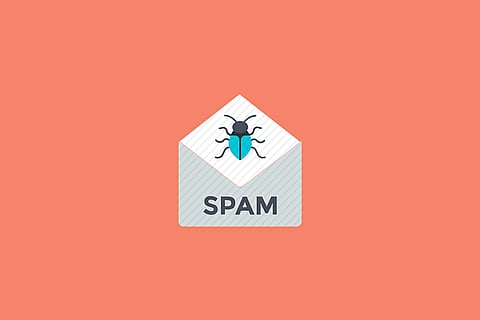The following question asked citizens the category under which they receive the most promotional SMSs. Of whom, 26 percent said real estate offers, 26 percent said banking and insurance offers, 15 percent said local (health, medical, beauty, etc.) offers, 14 percent said earning offers, 9 percent said telecom or mobile service offers, while 6 percent said others (eCommerce, telecom, etc.). The survey result indicated that unwanted SMS related to Banking, Insurance, Real Estate, Local Services reduce while Earning money offers increased in the last 2 years. (IANS/SP)




